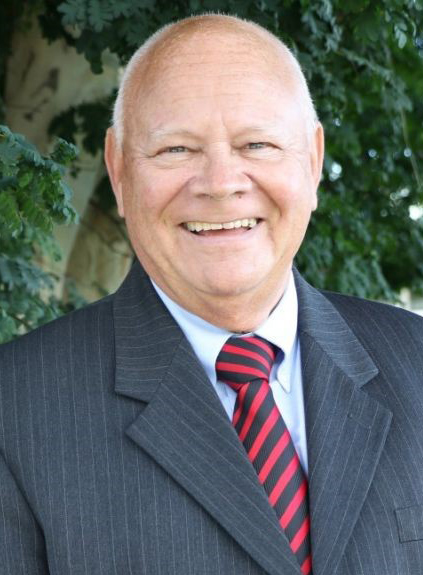Industry consultant Warren Tapp discusses some recommended practises for optimising the time and results of Board and committee meetings.
*
Meetings of any Board or committee will run better if there are appropriate processes in place, led by an effective Chair.
These include:
- Having an agenda that covers the important matters
- Star the agenda for items needing decision only. The rest is for information
- Stick to the agenda. No last-minute issues directors thought of at the meeting
- Make sure all Board/committee members have read the reports beforehand. Directors should note any questions they have from reading these
- Make sure any conflicts of interest are declared at the start
- Keep to the time allowed for the meeting; do not run overtime

Have a skilled minute taker for the meeting so these can be sent out within 48 hours to all Board/committee members.
Ratify the minutes of the previous meeting at the start of the next meeting and ensure they are signed by the Chair.
Have the CEO attend all of the meeting unless you wish to discuss matters in camera. The CFO should attend at the time of the financial report, to answer questions.
Now the matter of motions: many Boards/committees insist every motion is moved and seconded. This is not a legal requirement, only a tradition. I have seen meetings argue who should move a motion (I want my name in the minutes!).
If you do have motions moved and seconded, ensure that they:
- Commence with the word “that”
- Are specific about the decision you want
- Are not written in the first person
- Contain only one sentence
An example of a poor motion would be “New BBQ”.
What does that mean?
A good motion might be “That the organization purchase a new BBQ up to the value of $1000 as the old BBQ is no longer useable”.
Any motion is open to debate and amendments, once it has been moved and seconded, and a majority vote will make it a decision.
Most Boards I have seen simply have that motion on the agenda and the Chair asks for any discussion, and later if we can resolve to agree to that or not. If it is agreed, then it becomes a decision. If you do not agree, you are entitled to have that recorded in the minutes.
All of these suggestions can streamline your Board/committee meetings and still produce effective decisions.
In my experience, the longer a meeting goes, the more tired Board/committee members become, and the less effective decision-making happens. I am not saying get it over as quickly as possible, simply make your meetings more efficient.
Warren Tapp

